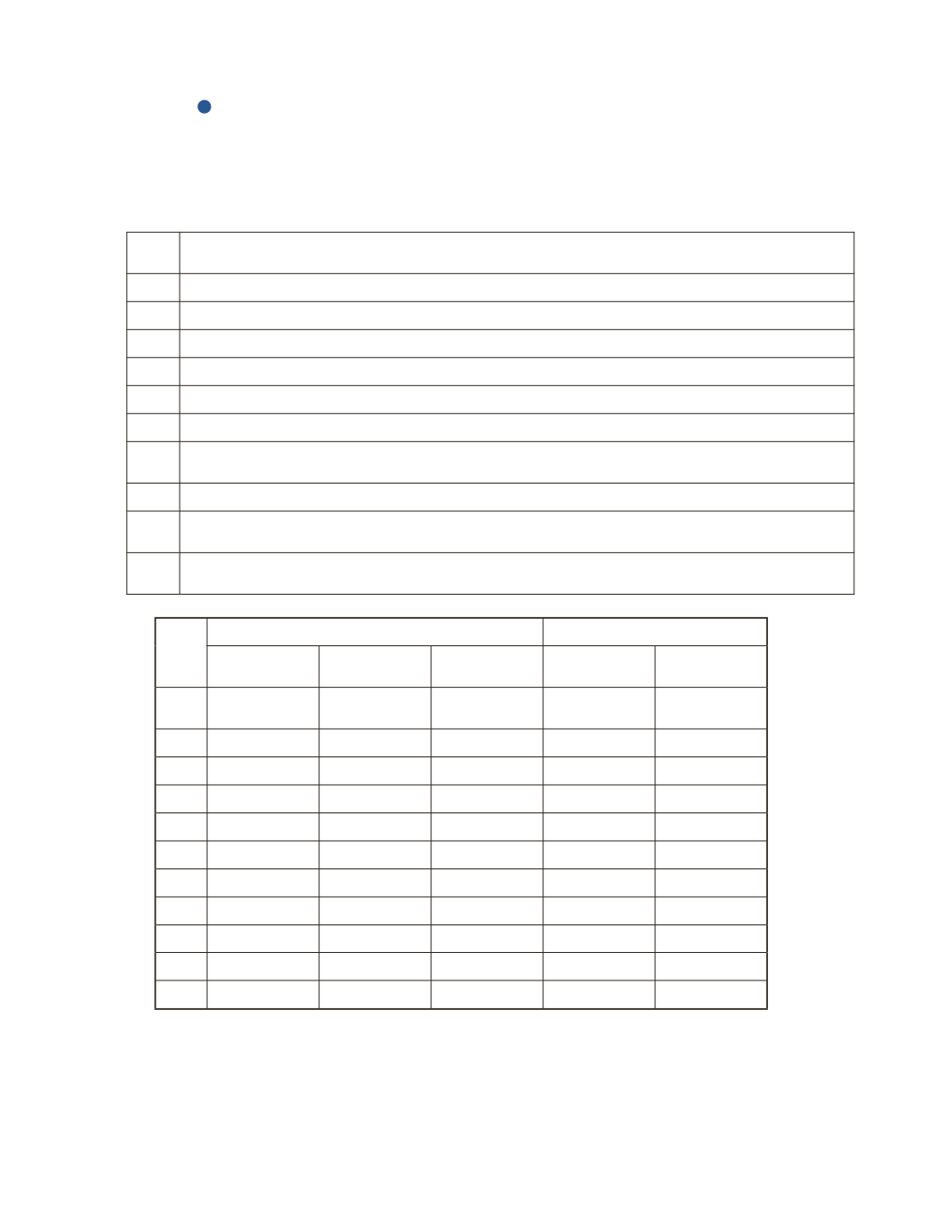
Chapter 9
Investments
447
AP-11A
(
4
)
Different accounting methods of recording investments impact different accounts in either
the balance sheet or income statement. From a list of transactions given below, indicate how
each account is impacted for the investor. The first one is completed for you as an example.
Item
No.
Transaction
1
The $300 interest accrued on a 90-day T-bill.
2
Interest receipt in cash of $4,800 with interest revenue of $4,300 from a long-term investment bond.
3
Sale of a long-term investment bond for $10,300 cash before maturity, with a book value of $10,900.
4
Accrued interest revenue of $520 for a non-strategic long-term bond investment at year-end.
5
An adjustment of a market price increase of $900 for a non-strategic long-term bond investment.
6
The $3,000 cash dividend received from the equity investment recorded using the fair value method.
7
Fair value increase of an equity investment for $1,500. The investment is valued based on the cost
method.
8
The $1,200 cash dividend received for a strategic equity investment using the equity method.
9
The fair value increase of $3,300 for a long-term investment in common shares recorded using the fair
value method.
10
Using the equity method, an associate company reported $100,000 of net profit. The investor owns
35% of an associate’s common shares.
Income Statement
Balance Sheet
Revenue
Expense
OCI
Current Assets Non-Current
Assets
Item
No.
1
+$300
+$300
2
3
4
5
6
7
8
9
10


